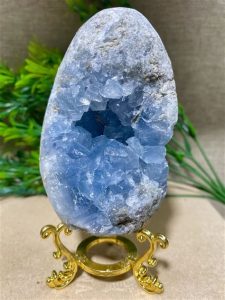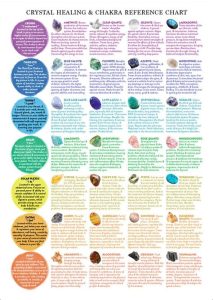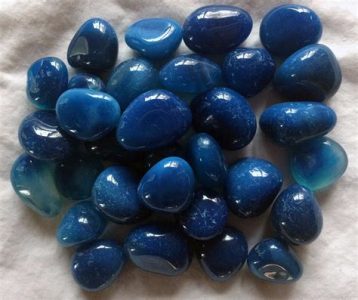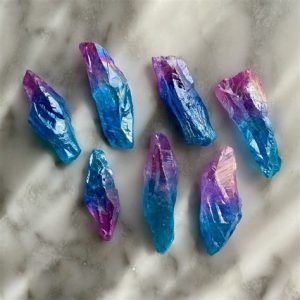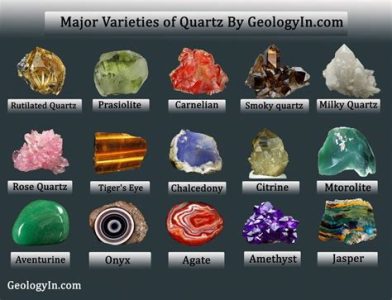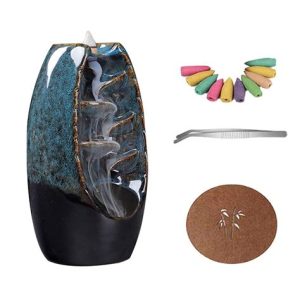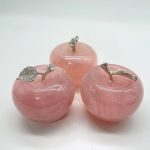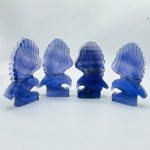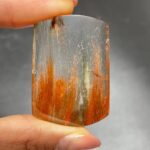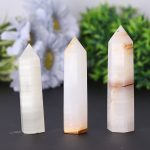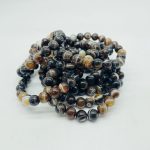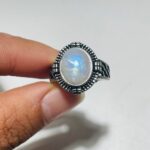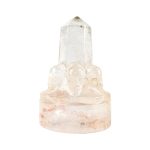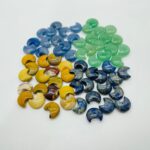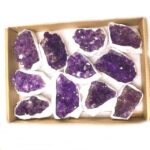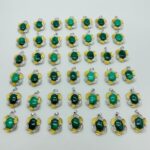Introduction
Black lights, with their enigmatic aura, have captivated hearts for ages. These wondrous devices unveil a hidden realm of fluorescence, transforming ordinary objects into mesmerizing masterpieces. In this article, we venture into the realm of black light luminescence, exploring the myriad wonders that ignite under its enigmatic glow.

Glowing Wonders Under Black Light
1. Minerals and Rocks
The mineral kingdom holds a treasure trove of fluorescent gems that come alive under black light. Calcite, fluorite, and willemite transform into iridescent beacons, captivating the eye with their vibrant hues.
2. Plants and Flowers
Nature’s tapestry reveals unexpected wonders under black light. Certain plant species, such as marigolds and petunias, glow with ethereal luminosity, adding an otherworldly charm to the night garden.
3. Insects and Animals
The insect world is teeming with hidden fluorescence. Scorpions emit a haunting blue glow, while jellyfish shimmer with an iridescent brilliance, showcasing the extraordinary adaptations of nature.
4. Art and Crafts
Artists and crafters have harnessed the power of black lights to create captivating masterpieces. Fluorescent paints and inks breathe new life into mundane objects, transforming them into canvases of vibrant illumination.
Comparisons and Contrasts
Black Light vs. UV Light
While often used interchangeably, black lights and UV lights differ in their wavelengths and applications. Black lights emit ultraviolet light with wavelengths between 320-400 nanometers, primarily used for entertainment and artistic purposes. On the other hand, UV lights cover a broader spectrum, ranging from 10-400 nanometers, and are commonly employed in scientific and medical applications.
Uses and Applications
Personal Enjoyment
Black lights add an element of excitement to parties, club scenes, and outdoor events. They create an atmosphere of wonder and intrigue, encouraging creativity and imagination.
Scientific Research
Fluorescence plays a vital role in scientific research. Black lights are used to study cellular structures, detect counterfeit products, and analyze geological samples, among other applications.
Industrial and Commercial Applications
Industries utilize black lights for various purposes, such as quality control, leak detection, and material testing. They also find use in pest control, counterfeit detection, and forensic investigations.
The Science Behind Black Light Glow
The phenomenon of fluorescence occurs when light interacts with certain substances, causing them to absorb and re-emit energy at a longer wavelength. This re-emitted light appears as a visible glow under black light.
Benefits and Advantages
Enhanced Entertainment
Black lights transform ordinary environments into immersive experiences. They create a captivating atmosphere for parties, events, and artistic performances.
Research and Analysis
Fluorescence under black light aids in scientific research and industrial applications, providing valuable insights into various materials and processes.
Safety and Detection
Black lights play a role in safety and detection, identifying counterfeit products, leaks, and hazardous substances.
Educational Value
Black light fluorescence demonstrates scientific principles in an engaging way, fostering curiosity and understanding in students and enthusiasts alike.
Strategies for Glowing Success
-
Use high-quality black light sources for optimal intensity and longevity.
-
Choose fluorescent objects wisely, as not all materials glow equally under black light.
-
Create a dark environment to maximize the visibility of the glow.
-
Experiment with different colors and patterns to achieve unique artistic effects.
-
Enhance the experience with additional sensory elements, such as music or scents.
Frequently Asked Questions
- What are the potential health risks of black light exposure?
Black lights emit minimal UV radiation, posing minimal health risks unless used excessively or without proper precautions.
- Can I use a regular flashlight as a black light?
No, regular flashlights do not emit UV light in the same way as black lights.
- Why do white clothes glow under black light?
Certain chemical additives in white fabrics, such as optical brighteners, absorb UV light and re-emit it as a visible glow.
- What are some creative applications for black lights?
Black lights can be used for artistic installations, glow-in-the-dark games, and immersive sensory experiences.
- How can I apply black light technology in my own projects?
Explore online resources, attend workshops, or consult with professionals to gain knowledge and inspiration for incorporating black light into your creations.
- What is the future of black light technology?
Research and development continue to expand the applications of black light, promising advancements in fields such as healthcare, security, and entertainment.
Conclusion
Black lights unveil a hidden world of fluorescence, transforming ordinary objects into extraordinary wonders. Their versatility extends from entertainment to scientific research, industrial applications, and artistic expression. As technology advances, the potential of black light continues to expand, promising new innovations and unforgettable experiences.


